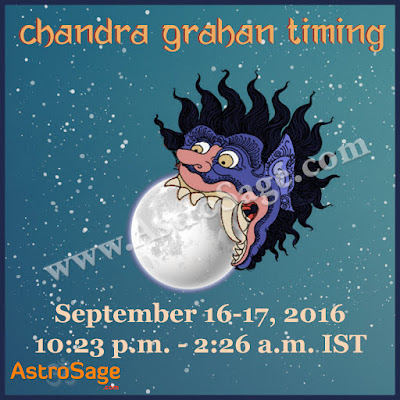Why fast for Lord Shiva and Goddess Parvati today? Know Hartalika Teej Vrat Puja rituals. Also know the significance of this auspicious festival for girls and married women.
Just like Hariyali Teej and Kajari Teej, Hartalika Teej is the festival of married women. Dedicated to Shankar Bhagwan and Maa Parvati, the fast is performed by married women for the wellness and long life of their husband and family.
As per Hindu Calendar or Panchang, this festival is observed on the third day (Tritiya) in Shukla Paksha of Bhadrapada month. It is believed that this auspicious fast was performed by Goddess Parvati to get Lord Shiva as her husband. Therefore, the fast of Hartalika Teej can also be performed by unmarried girls. This festival is also known by the name of Badi Teej in some parts of India. It is especially celebrated in Madhya Pradesh, Uttar Pradesh and Rajasthan along with other states with lots of zeal and happiness.
| Hartalika Teej Puja Muhurat | |
| Muhurat in Early Morning | From 06:03:49 to 08:33:02 |
| Duration | 2 Hours 29 Minutes |
Note: The Muhurat is valid for New Delhi. To know muhurat timings in your city, click on Hartalika Teej Muhurat
Hartalika Teej Vrat Rituals
The festival of Hartalika Teej is celebrated on Tritiya of Shukla Paksha in the month of Bhadrapada. This time period is of great significance as God Shiva and Mata Parvati are especially worshipped in this duration during Hasta Nakshatra.
On this occasion, Shiv Parvati idols made of clay or sand are worshipped. Since, this is a Nirjala Vrat (without water), therefore, the devotees should only offer fruits to the deities. At night, Jagrans and Bhajans are performed to worship Parvati Maa and Bhagwan Shankar. This fast of Hartalika Teej is completed after immersion of Puja material (Samagri) in the morning, the next day.
Hartalika Teej Vrat Katha and Significance
According to religious beliefs, Parvati ji performed difficult austerity to get Lord Shiva as her husband. Seeing her condition, her father Parvat Raj Himalaya was very sad. Meanwhile, Narada Muni brought the marriage proposal for Maa Parvati on behalf of Lord Vishnu. When the Goddess heard about this, she became upset. After being asked by one of her friends, Parvati told them that she’s performing penance to get God Shiva as her husband. After this, her friends took the Goddess to the forest. Since then, the festival is known by the name of Hartalika Teej, as Maa Parvati was abducted by her friends, so that she could achieve her goal to marry Bhagwan Shankar.
Here, the word Hartalika comprises “Harat”, which means abduction, and “Talika” that signifies female friends. After taken to the forest, Goddess performed severe austerity. On the Tritiya of Bhadrapada Shukla Paksha during Hasta Nakshatra, the Goddess created the idol of Lord Shiva with sand and worshipped him with complete devotion. Pleased with her sincerity and Puja, Lord Shiva accepted her as his wife as desired by Mata Parvati.
Thus, performing this fast with utmost devotion, and worshipping Shiv Parvati while following all Puja rituals sincerely, blesses a girl or women with luck and prosperity. This is the reason why Hartalika Teej Vrat and festival is of high significance for girls and married women.
AstroSage wishes our readers a happy Hartalika Teej and hopes that Maa Parvati blesses you all the happiness in life!


























